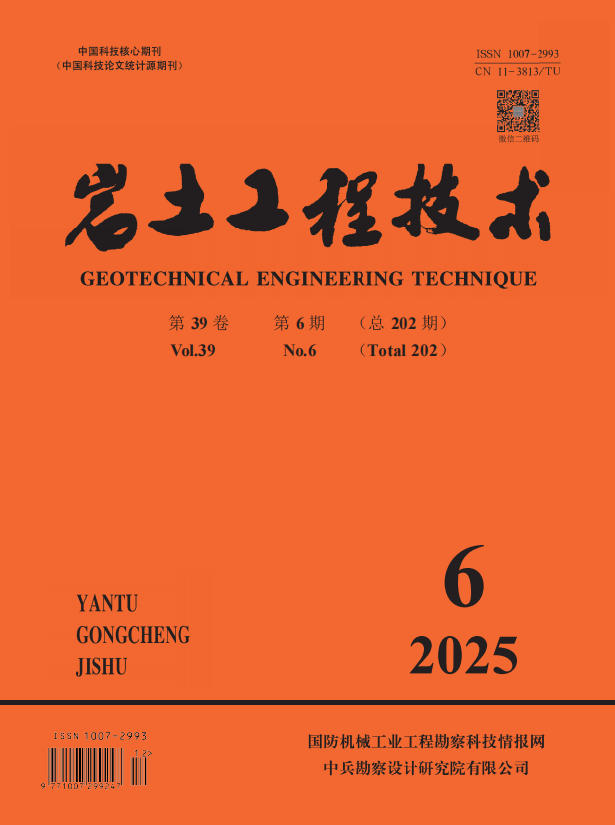2004 Vol. 18, No. 2
Display Method:
2004, 18(2): 55-58.
Abstract:
2004, 18(2): 59-63.
Abstract:
2004, 18(2): 64-67,95.
Abstract:
2004, 18(2): 68-71.
Abstract:
2004, 18(2): 72-73,77.
Abstract:
2004, 18(2): 74-77.
Abstract:
2004, 18(2): 78-82.
Abstract:
2004, 18(2): 83-85.
Abstract:
2004, 18(2): 86-89.
Abstract:
2004, 18(2): 90-92,109.
Abstract:
2004, 18(2): 93-95.
Abstract:
2004, 18(2): 96-99.
Abstract:
2004, 18(2): 100-102.
Abstract:
2004, 18(2): 103-106.
Abstract:
2004, 18(2): 107-109.
Abstract:



